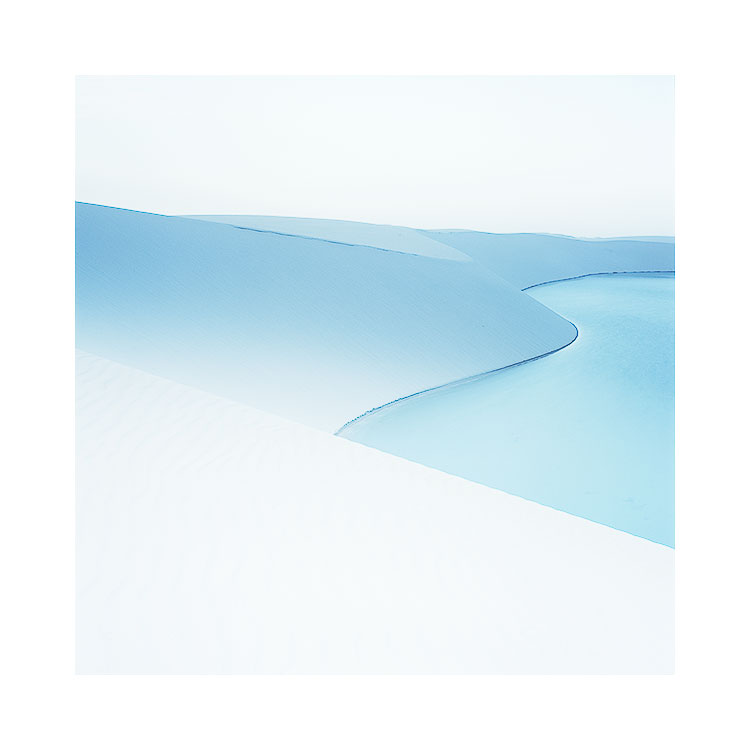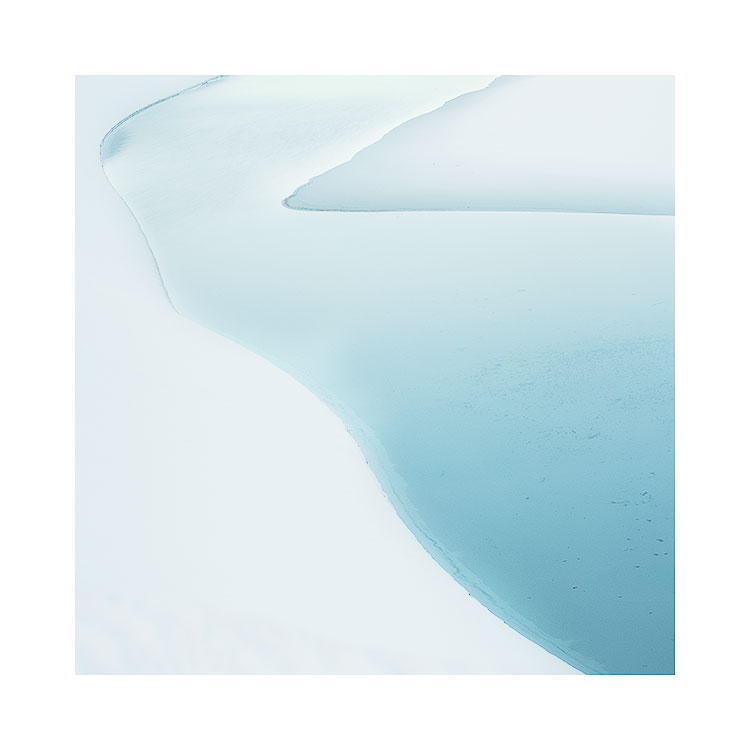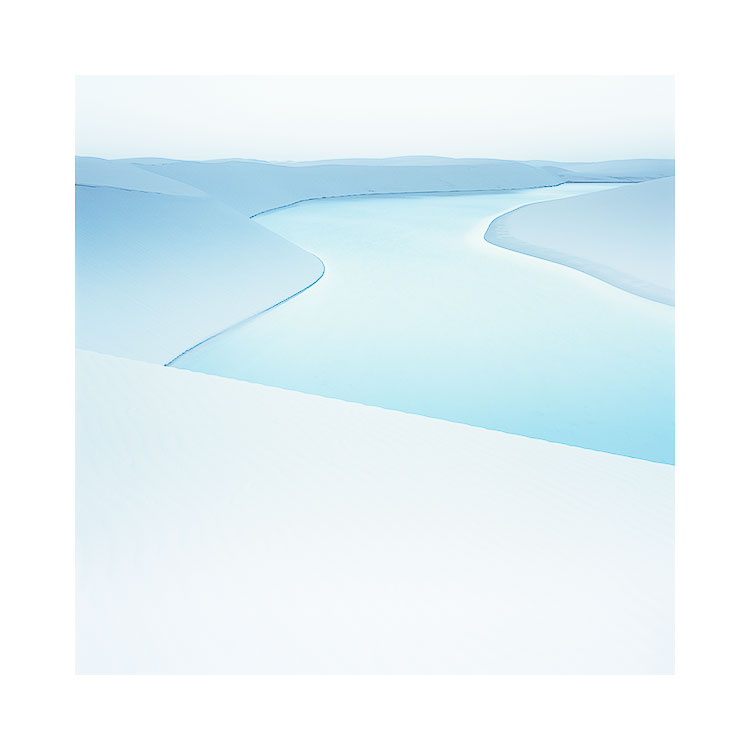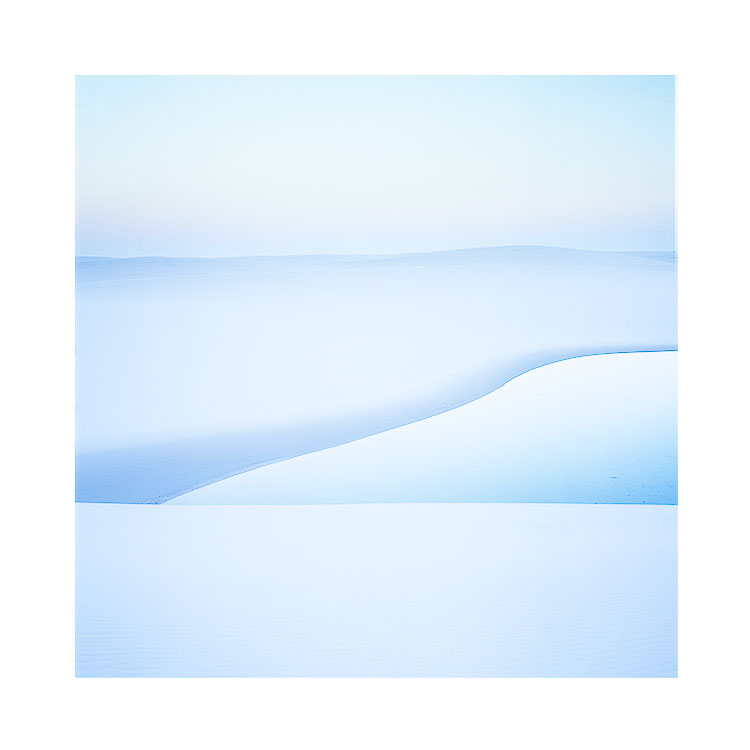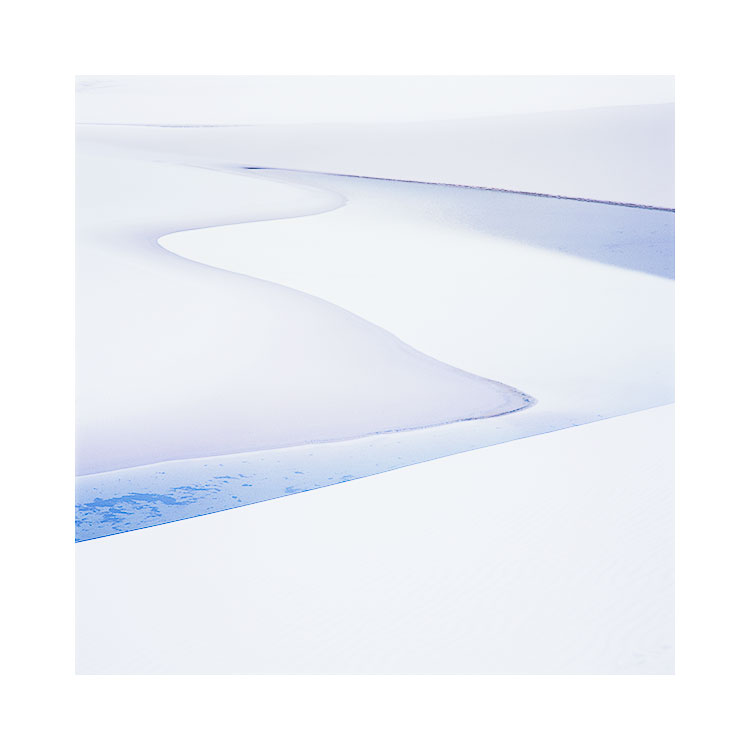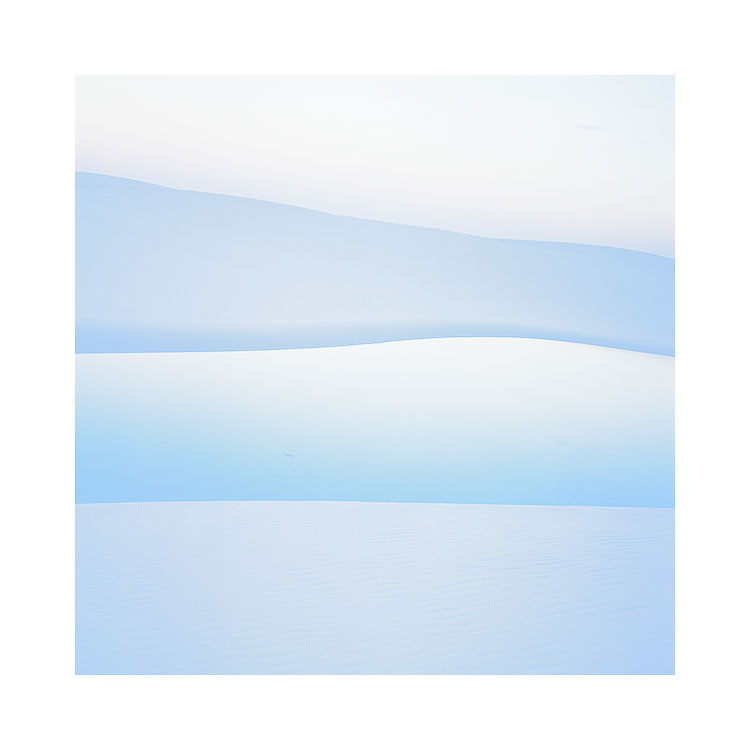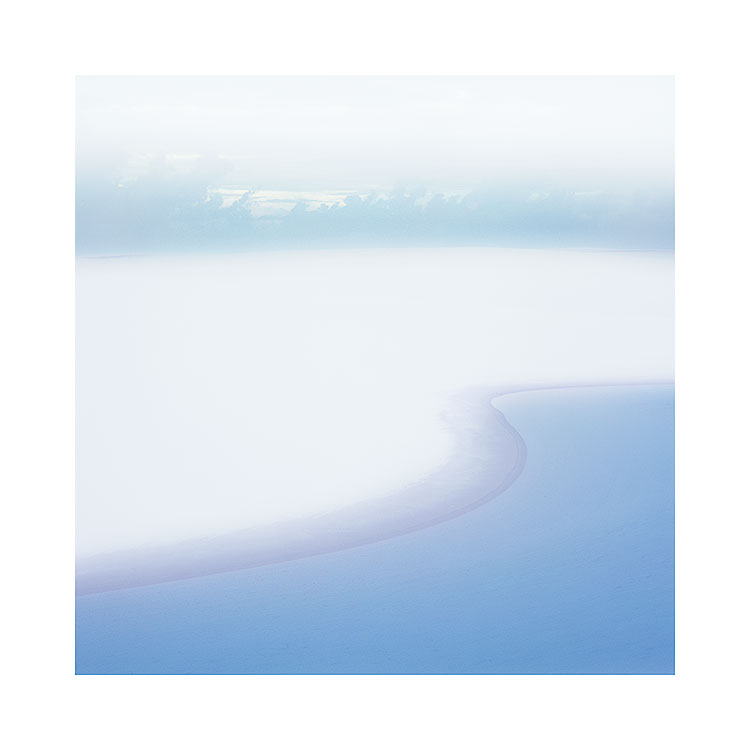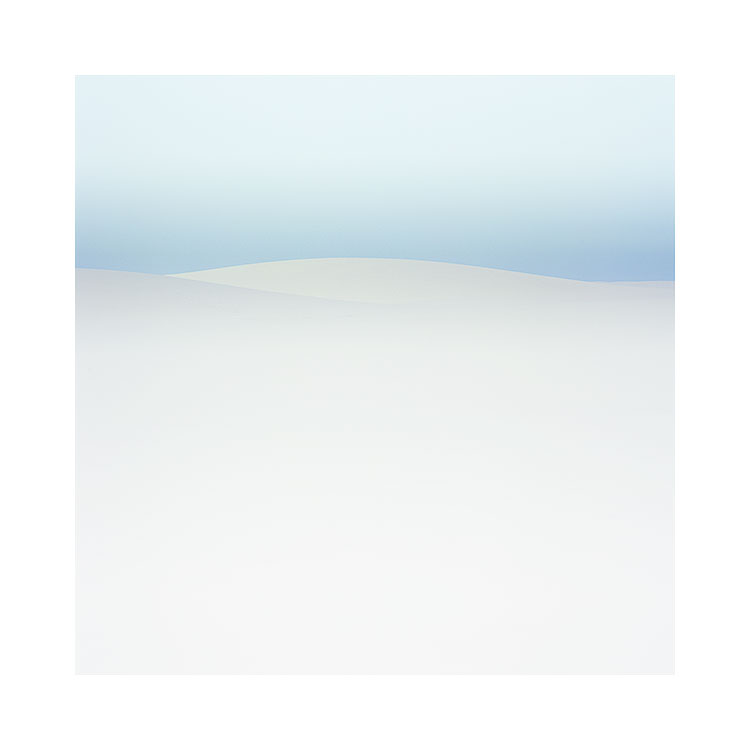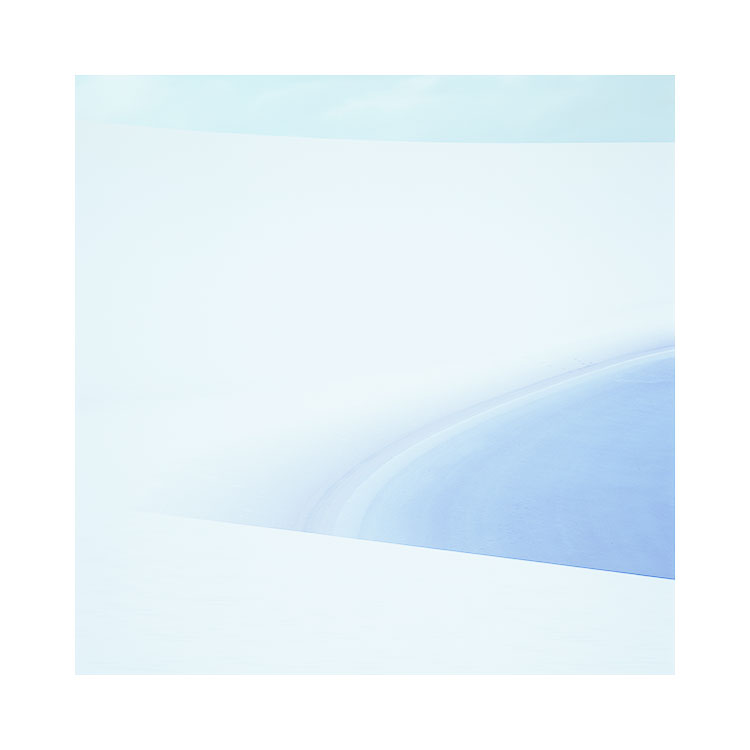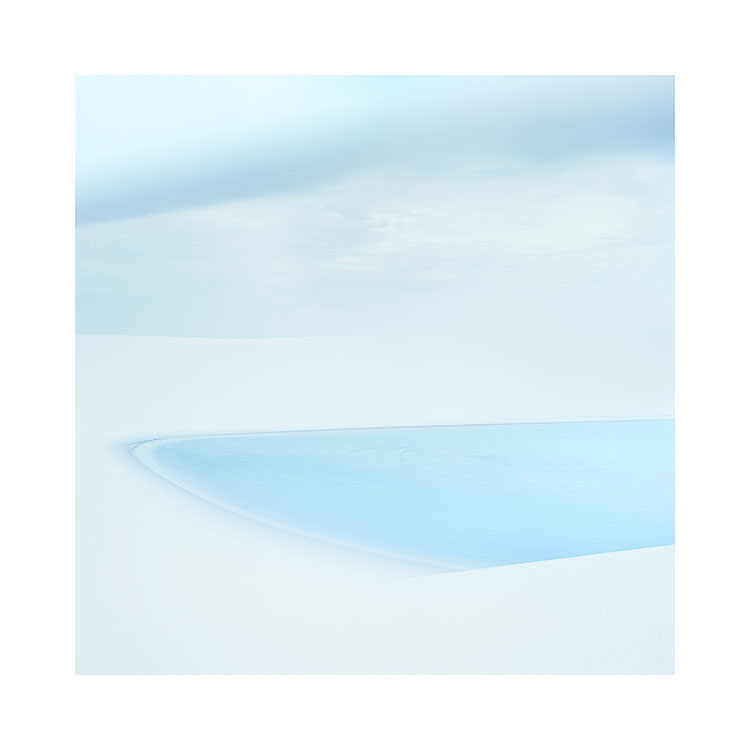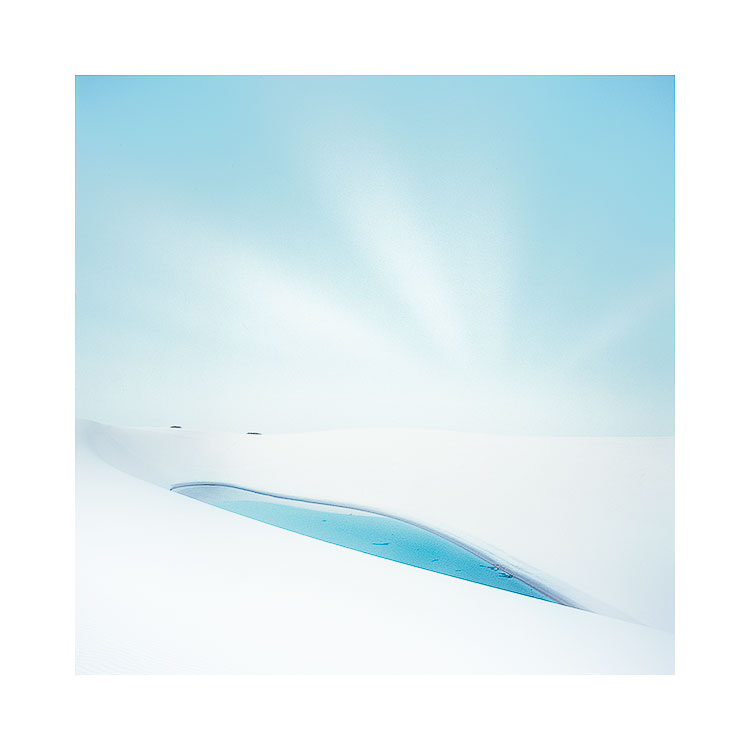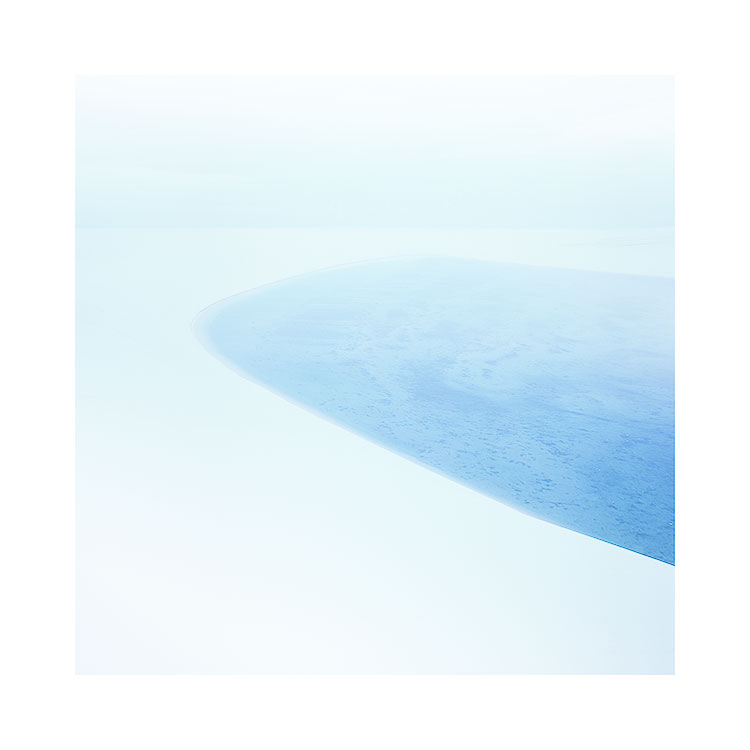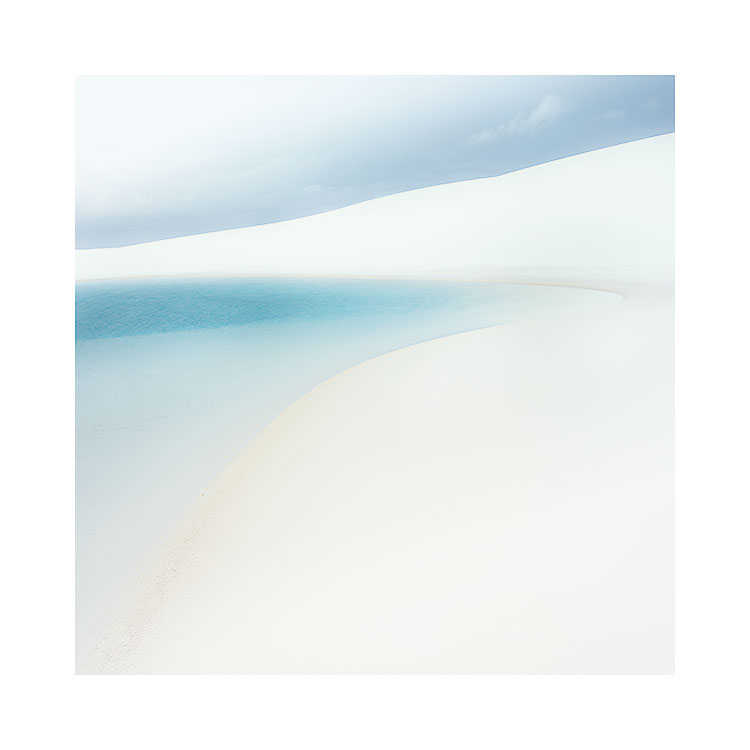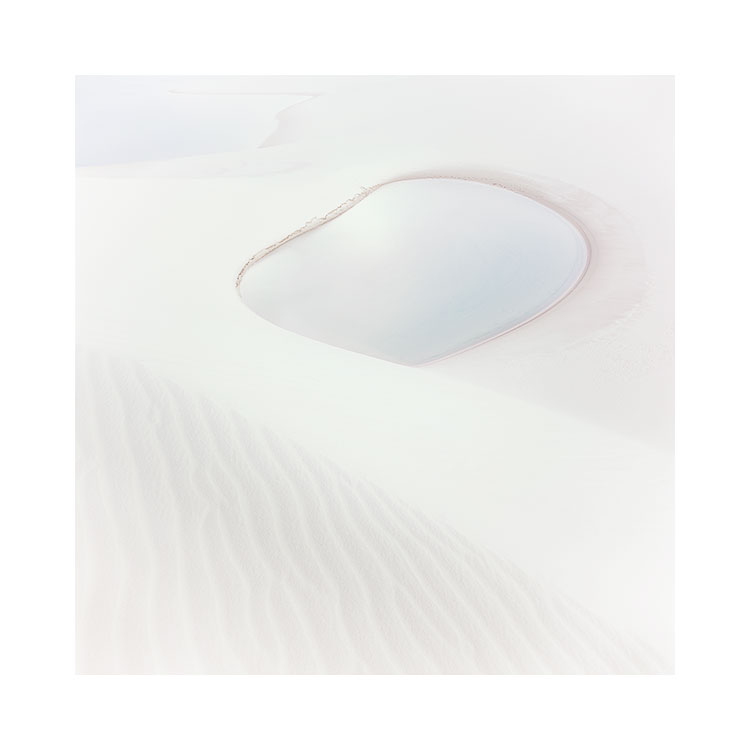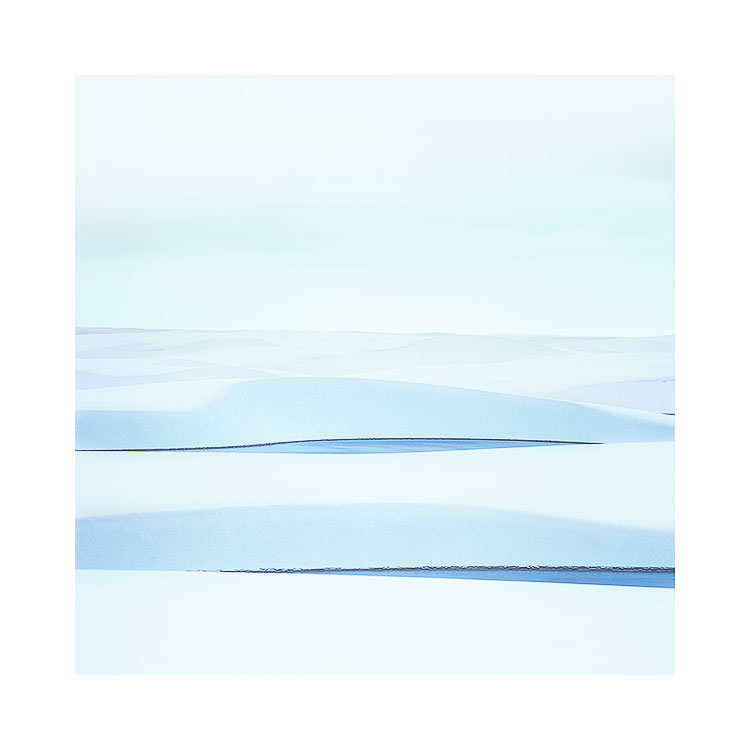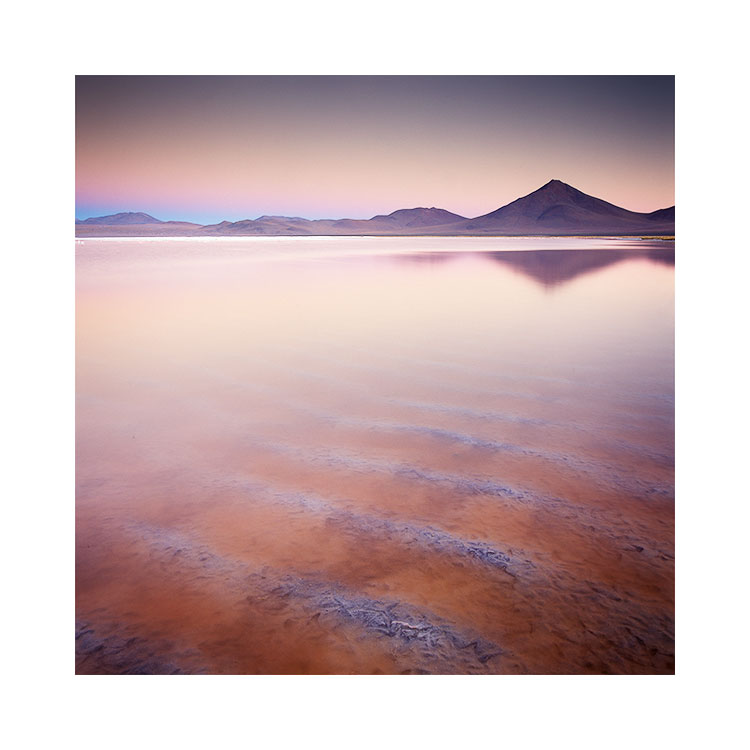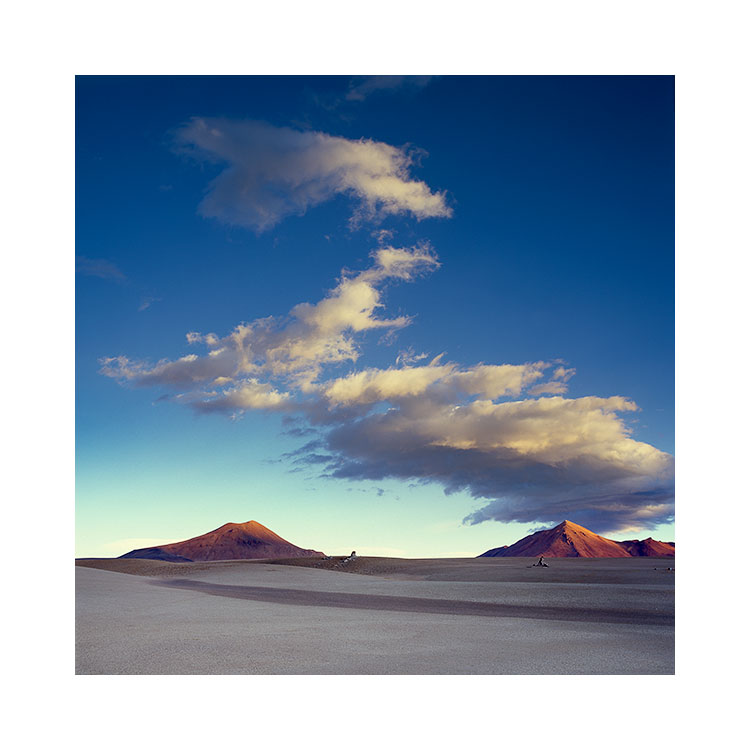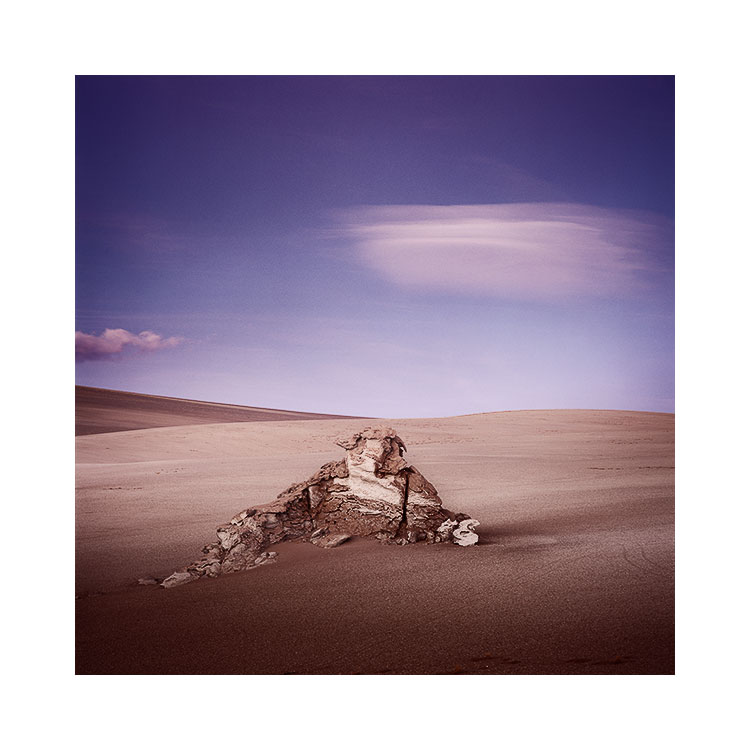I’m a big music fan. I write music and I’m a serious amateur musician. For me, it is always very interesting to hear one of the musicians I admire talk about their creative process.
Often times though, I see so many parallels, so many similar issues regarding the creative process. Whether it’s music writing, making photos, writing a book. Whatever. The creative process is always the same: it is a mirror of dealing with inner questions and looking for answers.
One such musician I love is Jon Hopkins. He is a classically trained musician that also works in the electronic fields. He has produced artists like Coldplay, and seems to be very comfortable working in classical music as well as very hard electronic genres.
In many interviews, he has explained that often times, the musical theme, or song that he starts off with, rarely survives to the end. By the time he has finished, the music is unrecognisable from the idea he started out with. Any trace of the initial idea has gone.
I have always assumed that any idea I start with, would remain if it is a good idea. and anything that is weak, should be ejected after some time living with it. So it’s interesting to hear this from Hopkins. as I didn’t interpret his statement as saying ‘whatever I start off with is fairly average and I need to work on things to make it better’. Instead, what I felt he was saying was: ‘even though the initial idea is good, I know it’s only a starting point, and I give myself permission to move beyond it’.
And this is the rub for me. Whatever we start with: we often give too much weight or importance to. If we don’t think it’s strong enough, then we may abandon it too soon, not recognising that it is merely a stepping stone - a catalyst, and go looking for something much stronger.
In Hopkins case, I think what he is doing is starting off with a strong idea. But he’s aware that a good or great idea may still just be a jumping off point, and there may be more to explore.
He wants to be surprised. He wants to be engaged in a way that he hasn’t been before.
In my view, the only way we can get to a level where we surprise ourselves, is if we are willing to let go of anything we have managed to create so far. Even if we have created something we like or think is good, we must be willing to take a chance by changing it, because there may, or may not be, something better beyond it.
I suppose this all comes down to learning to let things go. It is so damn hard to let go of an idea we think is good in the pursuit of something better. I have been there so many times.
But I have found that when I do let go, one of two things happens: I either find something much stronger (and realise that what I thought was good, was only ok), or I lose it all.
We have to be willing to lose it all, in the pursuit of finding something better. Otherwise we will always be working within the confines of a landscape that we already know.

